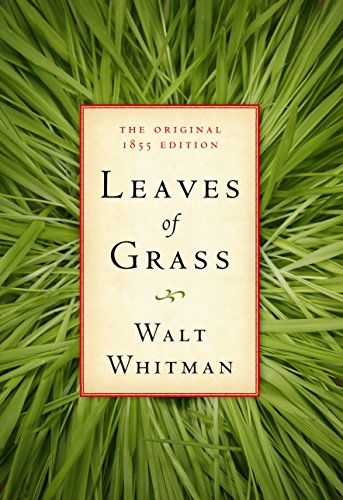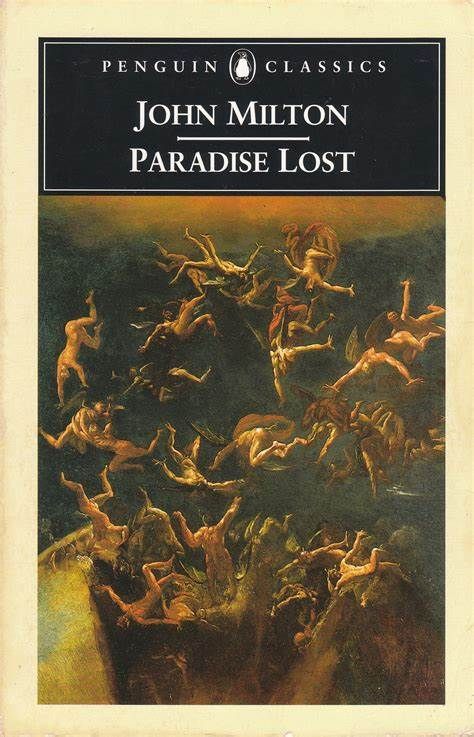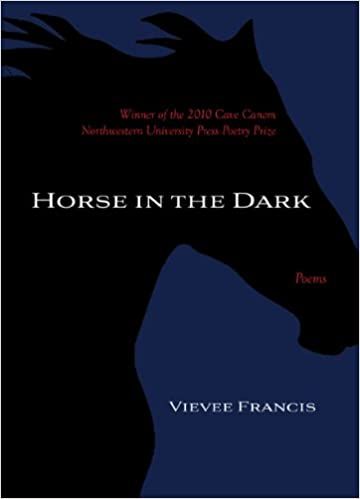What is Pastoral Poetry?
Pastoral poetry (or pastorals, as they’re often referred to in poetry circles) focuses on nature as an idyllic setting. Cities were and are dirty, bustling places filled with noise and smells and hectic schedules. For as long as humanity has had cities, we’ve longed to escape on occasion, idealizing a simpler time when we were one with nature. Pastoral poetry is one expression of this need to escape the city and reconnect with the natural world. This effort to reconnect with nature often carries religious overtones. As the poet longs to reconnect with nature, they long to reconnect with themselves spiritually. These poems often feature the poet as speaker, exploring their connection with nature and God at the same time. Figures like shepherds and farms are frequently featured and idealized as much as nature itself.
The Beginnings of Pastoral Poetry
The Greek poet Hesiod is largely credited with writing the first pastorals between 650 and 750 BCE. The most famous of these was Work and Days, which detailed a golden age of humankind. Pastoral poetry then passed on to Theocritus (Idylls), Virgil (Eclogues), Horace (Odes), and Ovid (Metamorphoses). While Horace wasn’t strictly aiming to create pastorals with his Odes, many of these occasion poems (each one has its own focus like friendship or love) involve this pastoral focus on nature. 11, translated by Hugh G. Evelyn-White Then along came Christianity, and along with it, a sudden burst in popularity and production of pastoral poems. William Shakespeare, Christopher Marlowe, and Andrew Marvell all produced pastoral poetry (and prose and plays; just look at A Midsummer Night’s Dream). Most famous of all the pastorals of this time was John Milton’s Paradise Lost, an epic poem about the fall of Lucifer, the temptation of Adam and Eve, and the ejection from the Garden of Eden. While not all of Paradise Lost works in the pastoral tradition, the sections in the Garden of Eden put Milton’s pastoral powers on full display: In blatant nakedness the Graces play,and with the Nymphs are chorusing:recall, as hour and year remove the day, in time there passes everything. Carmen Four.7, translated by Colin John Holcombe What followed was a long line of white men writing about nature and God, though there were certainly women writing such as Aphra Behn, Anne Finc, and Elizabeth Singer Rowe. However, men like John Keats, Thomas Gray, Ben Jonson, Percy Bysshe Shelley, Jorge Manrique, Alfred Lord Tennyson, Alphonse de Lamartine, W.H. Auden, and, of course, Walt Whitman got all the attention. Whitman’s collection Leaves of Grass was a lifelong project. He spent decades adding and editing poems until his death. The final version includes over 400 poems, most of which are pastoral. This includes his elegy for the assassinated president Lincoln, “When Lilacs Last in the Dooryard Bloom’d.” IV, 650–656 Now that you know what pastoral poetry is and a brief summary of its history, how about some recommended reading? Ever-returning spring, trinity sure to me you bring,Lilac blooming perennial and drooping star in the west,And thought of him I love. 1–6
Classical Pastoral Poetry
Modern Pastoral Poetry
Even if you’re not a poet, it’s easy to appreciate pastoral poetry. Grab one of these great books, head for your nearest park or farm or just find a pretty spot outside the city. Crack that spine and get lost in the beauty of nature captured by your own senses and those of these great poets.
Additional Poetry Primers
What is Ecopoetry? 5 Excellent Collections to Get You Started A Beginner’s Guide to Different Kinds of Poems



